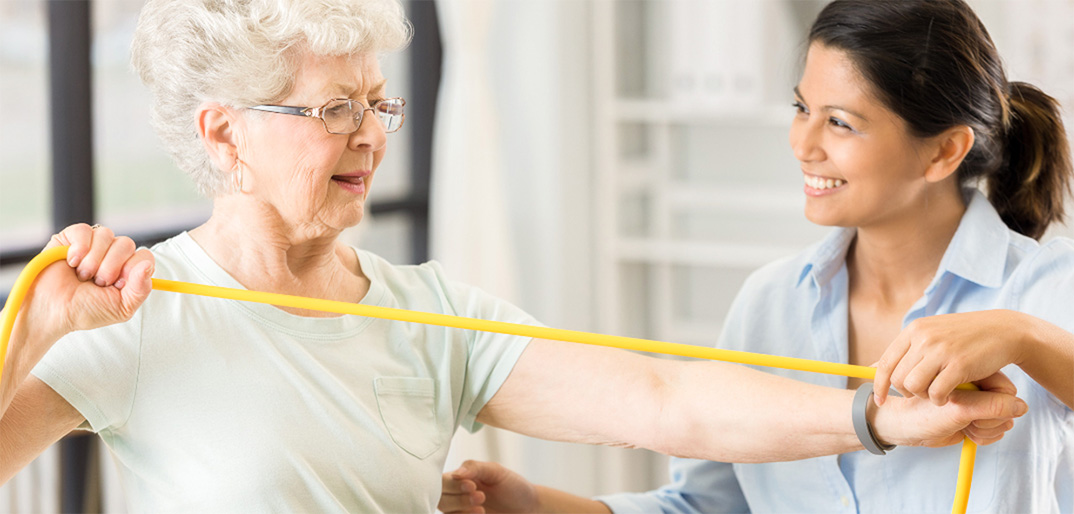The Effect of Environmental Environments on Fitness Patterns and Activity Preferences
Wiki Article
This surrounding atmosphere around individuals plays a significant part in shaping our fitness routines and exercise choices. Factors such as the accessibility of recreational areas, gyms, and other recreational facilities can encourage people to participate in exercise routines. Urban areas often offer easy entry to fitness centers and public areas, while rural regions may provide different options for physical activity, such as hiking or cycling on trails. Understanding how these areas affect our choices can help neighborhoods develop better environments that promote healthy ways of living.
A single key aspect of surrounding spaces is the idea of approachability. When people have convenient access to fitness facilities, they are more apt to engage in consistent exercise. For example, neighborhoods with parks and hiking trails can motivate residents to go on daily strolls or participate in sports. On the other hand, if individuals live in areas without accessible exercise facilities, they may be less inclined to remain engaged in physical activity. This highlights the need for urban designers and local leaders to focus on website link the development of accessible leisure areas that serve to the requirements of the community.
A further critical factor is safety. Individuals are more apt to engage in outdoor exercise if they feel secure in their environment. Brightly illuminated parks, maintained hiking paths, and low crime rates can foster a inviting atmosphere for exercise. Conversely, areas that are perceived as unsafe may deter people from participating in outdoor activities, leading to a sedentary lifestyle. Therefore, improving safety protocols in public areas can greatly influence community health by encouraging more individuals to be engaged.
The communal factor of exercise is also affected by surrounding areas. Group activities, such as group athletic contests or fitness sessions, thrive in environments that foster social interaction. Community halls, fitness centers, click resources and outdoor spaces can serve as gathering locations where people connect and motivate each other to stay active. Social encouragement is vital for maintaining exercise habits, and having accessible spaces where individuals can gather and engage in physical activities can enhance motivation and enjoyment.

Finally, the aesthetic appeal of surrounding areas can influence exercise habits and preferences. Beautifully designed parks, picturesque paths, and well-maintained gyms can inspire individuals to participate in physical activities. When areas are aesthetically attractive, individuals are more apt to dedicate time there, participating in exercise and leisure pursuits. Communities should concentrate on developing welcoming settings that encourage people to explore various exercise activities, allowing it easier for them to incorporate exercise into their regular routines.